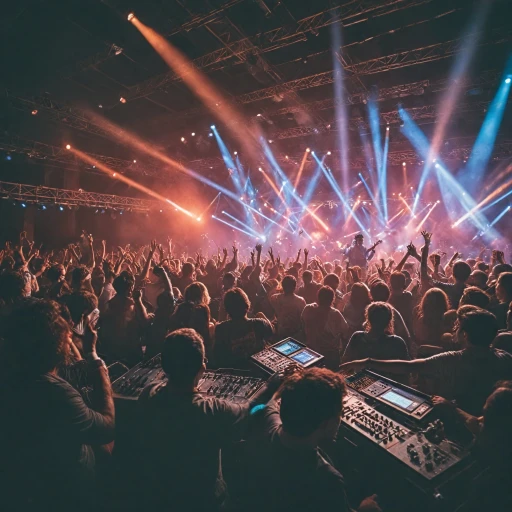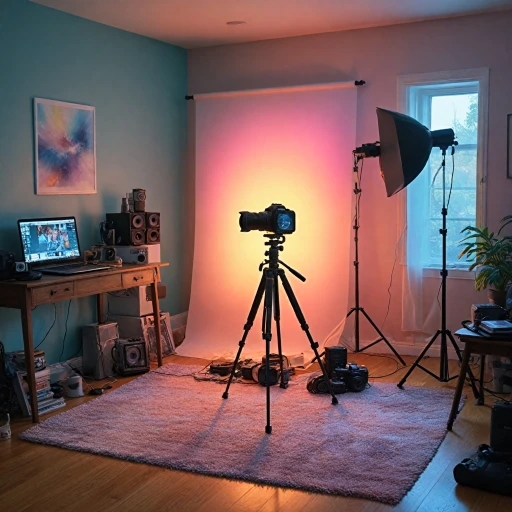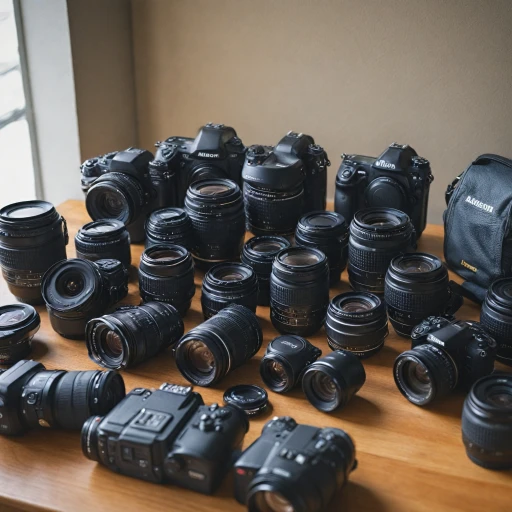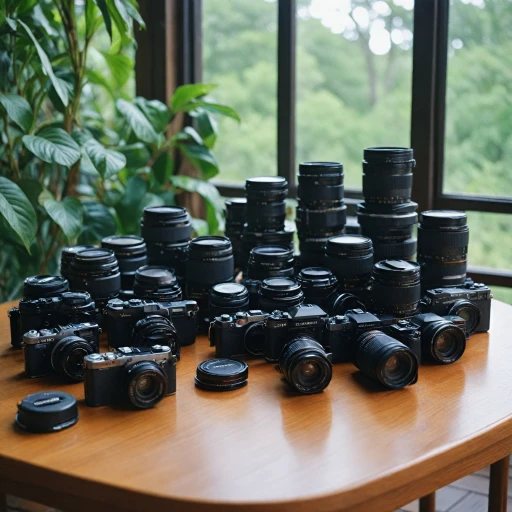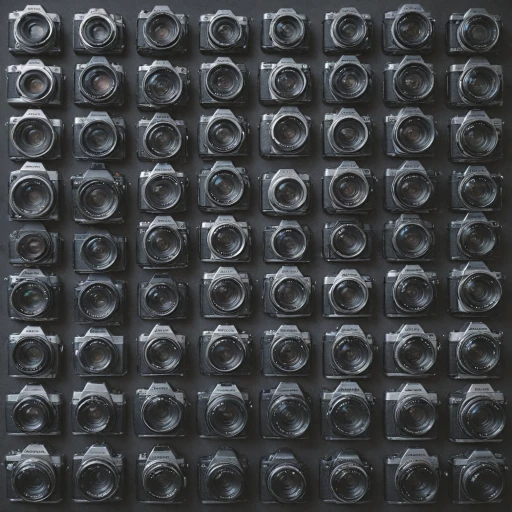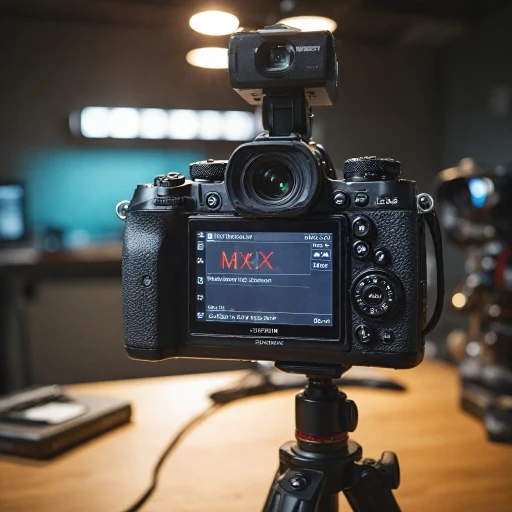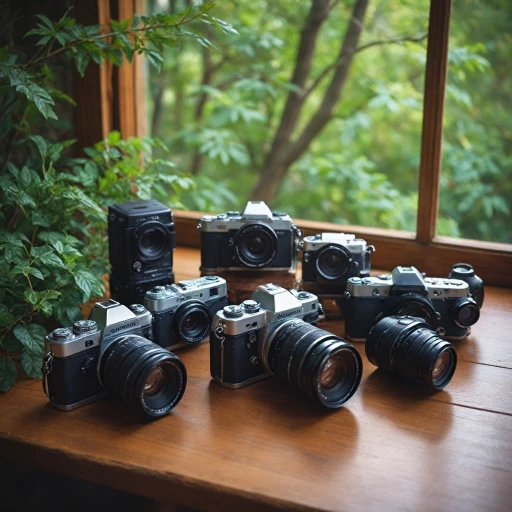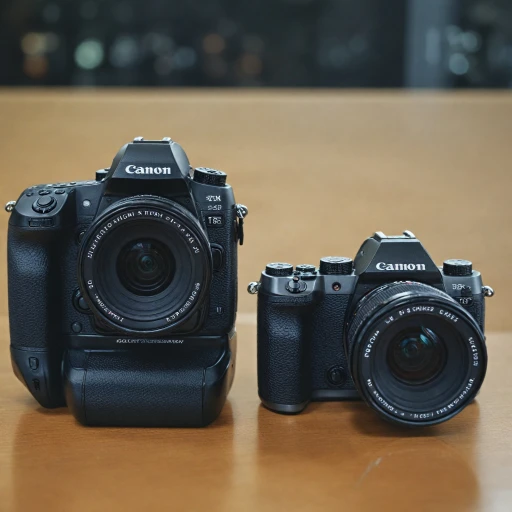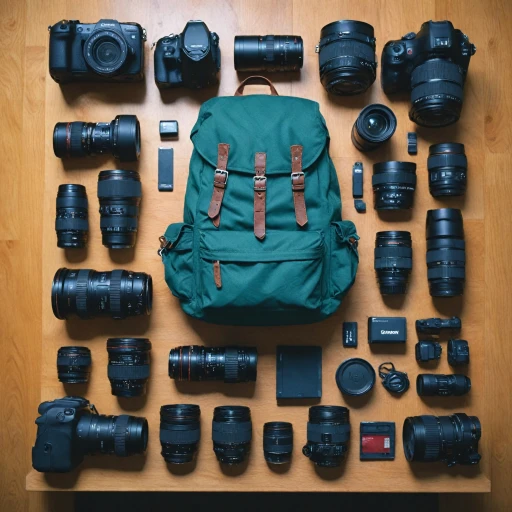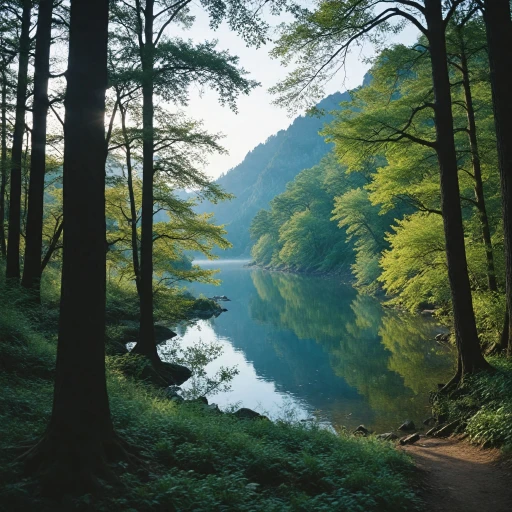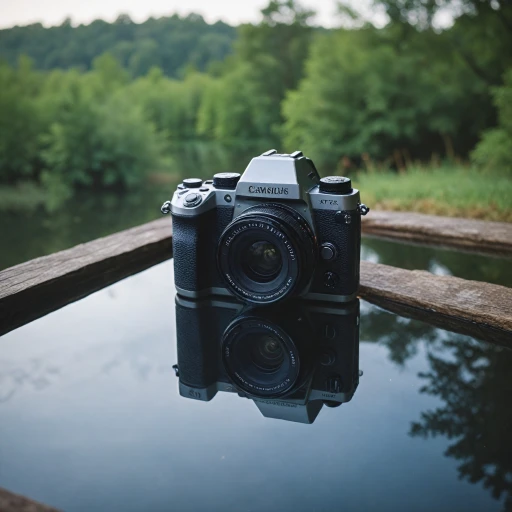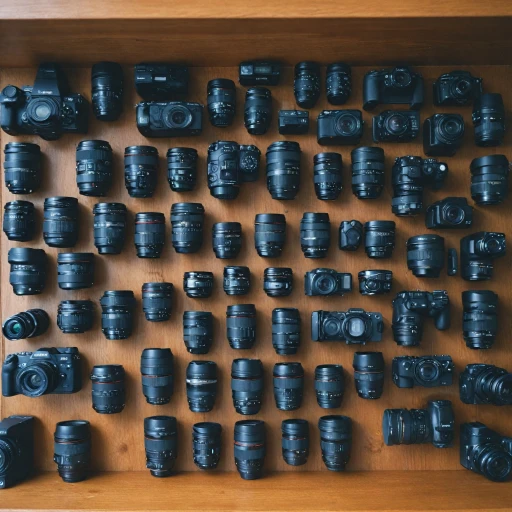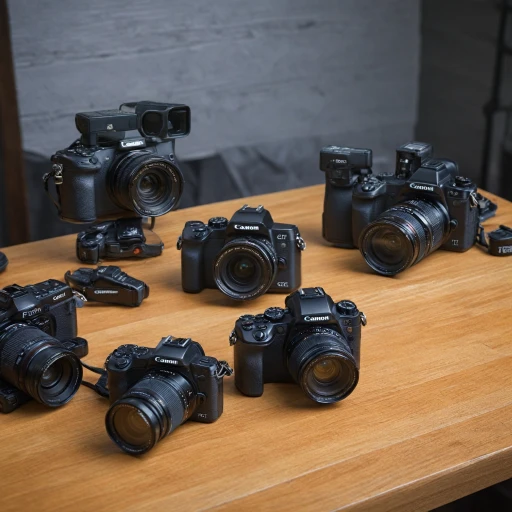
Understanding Your Camera and Hiking Needs
Assessing Your Needs for Both Photography and Hiking
Embarking on a hiking and photography adventure requires a thorough understanding of your specific needs to ensure that you have the best experience possible. The journey begins with evaluating what you require from both your camera gear and your hiking equipment. This will help you make well-informed decisions about the gear to bring along and the type of pack to use.
Considering Your Camera Requirements
The first aspect to consider is the type of camera you own and how you intend to use it during your hike. Whether you have a DSLR, mirrorless, or compact camera, each comes with its own set of needs in terms of space and protection. Additionally, if you’re venturing into digital photography as a beginner, refer to our comprehensive guide to mastering digital photography, which might provide some valuable insights.
Understanding Your Hiking Essentials
Similarly, understanding your hiking essentials is crucial. Think about the distance you plan to cover, the terrain conditions, and the season. These factors will influence the type of backpack you choose. Consider whether you’ll need a water-resistant backpack for wet conditions or if you'll require additional features like multiple compartments or a rain cover. The combination of these elements will ensure you have the necessary space and organization to carry your camera equipment and hiking necessities safely and comfortably.
Key Features to Look for in a Camera Backpack
Essential Features for an Optimal Camera Backpack
Choosing the right camera backpack requires striking a balance between functionality and comfort. Photographers need a pack that not only protects their valuable gear but also offers practical features for hiking and photography sessions. Here's what to consider:- Main Compartment and Camera Access: An ideal backpack will have a spacious main compartment to fit your camera gear, including your camera body and lenses. Easy access to your gear is crucial, especially when you want to capture sudden moments during your hike.
- Compartmentalized Storage: Look for a pack with multiple compartments to organize your gear. Pockets for your lens, camera body, and accessories are essential for efficient storage.
- Weather Protection: A weatherproof backpack with a rain cover ensures your photography equipment stays dry during unpredictable weather conditions. Water resistance is a critical feature for both the backpack and its zippers.
- Comfortable Shoulder Straps and Hip Belt: Since hiking can be physically demanding, backpacks with well-padded shoulder straps and a supportive hip belt help distribute weight evenly, reducing strain on your back.
- Durability and Material: Opt for a durable material that withstands rugged terrains and protects your gear from damage. High-quality packs like those from Lowepro ProTactic or Peak Design offer excellent durability.
- Additional Pockets and Storage: Having side pockets is beneficial for carrying water bottles or other essentials, while top or front pockets offer easy access to small items like memory cards or filters.
- Adaptable Size: The best camera backpacks can accommodate different gear sizes and types, making them versatile for various hiking and photography adventures.
Comparing Popular Backpack Models
Exploring Different Backpack Options for Photography Enthusiasts
When it comes to comparing popular backpack models for your camera and hiking adventures, there are several great options to consider. Each backpack offers unique features that cater to various needs, from hiking travel to professional photography. Whether you prioritize design, utility, or comfort, this guide will help you narrow down the best options. First on the list is the Peak Design Everyday Backpack, known for its sleek design and versatility. This backpack is designed for photographers who crave easy access to their gear. With dedicated compartments for a camera, lens, and additional photography equipment, it ensures quick retrieval for those spontaneous shots during your hiking excursions. Another noteworthy choice is the Lowepro ProTactic, which boasts a rugged exterior and impeccable organization. This model is particularly favored for its robust build and water-resistant properties, offering peace of mind in unpredictable weather conditions. It features a customizable interior with adjustable dividers, allowing you to fit your camera gear securely. If you're seeking a lightweight and spacious option, consider the F-stop Lotus pack. This hiking backpack is designed with a large main compartment and multiple side pockets. It's exceptionally accommodating, making it an ideal choice for long trips where additional carry needs, such as a water bottle, are essential. For those who value additional support, look for options featuring a hip belt. This ensures weight distribution is even, reducing strain on your shoulders and making your hiking travel more pleasant. The comfortable shoulder straps and padded back of many hiking backpacks add to the comfort level during extensive treks. Ultimately, choosing the right camera backpack requires balancing comfort, accessibility, and security. Each model comes with its own set of advantages, so identifying your priorities will guide you to the best make for your adventures. For further insights into selecting the perfect bag for your camera gear, you might find this blog post insightful.Balancing Comfort and Accessibility
Strategic Packing for Comfort and Accessibility
When embarking on hiking adventures with photography in mind, balancing comfort and access to your gear is crucial. A well-chosen camera backpack can make all the difference during your travels. The key is to consider how the backpack's design optimizes both carrying ease and the ability to quickly reach your camera when the perfect shot presents itself. Firstly, look for a bag with thoughtfully placed compartments. The main compartment should be spacious enough to house your best camera and a couple of lenses, yet structured in a way that you can access them without fumbling. Many camera backpacks feature a side access compartment for this very reason, allowing you to grab your gear without having to set the bag down. Additionally, consider backpacks with dedicated pockets for essential items such as memory cards, batteries, and personal items. Extra compartments and side pockets can hold your water bottle and travel essentials, ensuring you stay hydrated and ready. The shoulder straps and hip belt are critical components that impact the backpack's comfort and distribution of weight. Padded straps help in reducing the strain on your shoulders, while an adjustable hip belt shifts the load to your hips, preventing fatigue during long hikes. This feature is especially beneficial if you're carrying heavier camera gear or a travel backpack loaded with hiking necessities. Some popular designs like Peak Design or Lowepro ProTactic are known for their ergonomic features. Investing in a camera backpack with a rain cover adds a layer of protection to your photography gear against unexpected weather changes, maintaining your focus on capturing great moments. Finally, keep in mind that finding the best fit depends on your personal preferences. A well-designed camera backpack crafted with durability and easy access in mind is highly valuable, assuring every journey is both comfortable and productive.Safety and Security for Your Gear
Safeguarding Your Equipment on the Trail
When venturing into the backcountry with valuable camera gear, ensuring the safety and security of your equipment is paramount. As photographers, our gear not only represents a significant financial investment but also an irreplaceable tool in capturing our adventures. Let's delve into some essential considerations to protect your camera gear while hiking.- Secure Zippers and Buckles: Look for a backpack with durable zippers and sturdy buckles. These can deter unwanted tampering and keep your gear sealed tight. Many camera backpacks feature lockable zippers to enhance security.
- Compartment Separation: Opt for bags with dedicated compartments to prevent gear from knocking against each other. Padded dividers within the pack's main compartment provide extra cushioning and can be adjusted to fit different cameras and lenses.
- Rain Covers and Materials: Inevitably, you’ll encounter the elements while hiking. Ensuring your backpack is made from water-resistant materials and includes a rain cover is a critical step in protecting your equipment from moisture damage.
- Adjustable Shoulder Straps and Hip Belts: A backpack that fits snugly with comfortable shoulder straps and a secure hip belt minimizes shifting, reducing the risk of dropping the pack and damaging your camera gear.
- Side and Top Pockets: While not directly related to security, having quick access through well-designed side pockets or top access can allow your camera to be stowed safely and retrieved swiftly when needed.
- Balanced Load: Distribute weight evenly to ensure your gear remains steady. A balanced camera backpack reduces strain on your back and lowers the risk of toppling over, which could potentially harm your camera equipment.
Budget Considerations and Value for Money
Finding the Right Balance Between Cost and Capability
When choosing a backpack for your camera and hiking adventures, it's essential to consider your budget alongside the value offered by different options. Investing in a good camera backpack can significantly enhance your travel experience, but it's important to weigh the features against their price to ensure you're getting the best for your money.- Quality Over Price: While it might be tempting to choose a cheaper backpack, remember that quality often justifies the price. Look for reliable materials like water-resistant fabrics, sturdy zippers, and reinforced stitching to protect your gear.
- Brand and Model Legacy: Certain brands like Lowepro ProTactic or Peak Design are renowned for their durable and well-thought-out designs. These models often come with features such as customizable compartments, hip belts for weight distribution, and side pockets for access to essentials.
- Versatility and Features: Consider backpacks that offer features like a dedicated camera compartment, multiple pockets for organizing lenses and accessories, and a rain cover for hikes in unpredictable weather. A good hiking travel bag will balance these features with the ease of carrying your camera gear.
- Comfort Elements: Prioritize models with padded shoulder straps, a breathable back panel, and chest or waist straps to disperse weight and provide support on long hikes. The best camera backpack ensures comfort doesn’t take a back seat to functionality.

